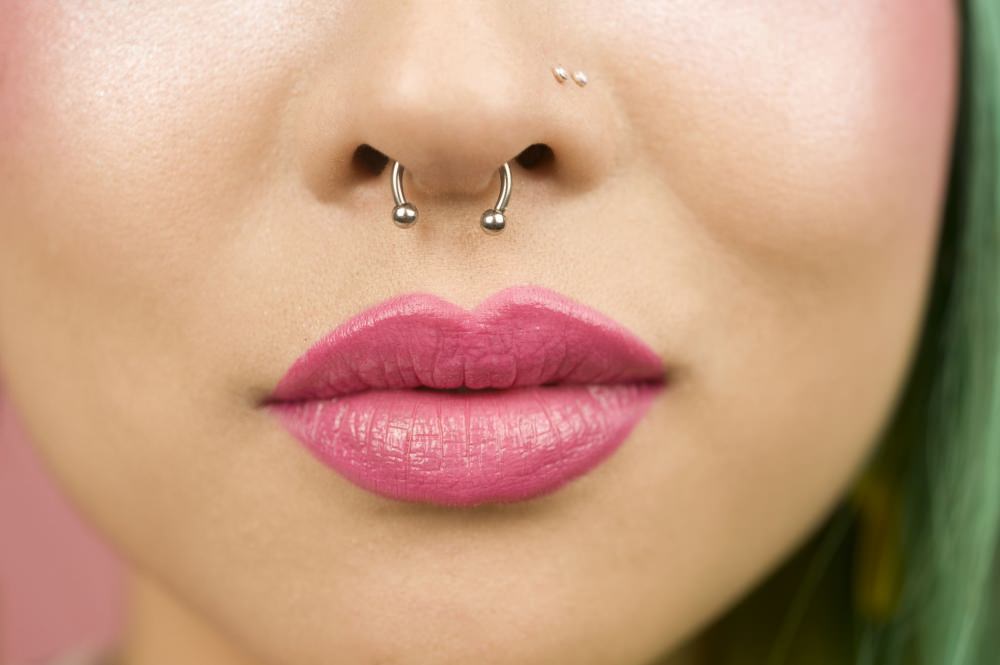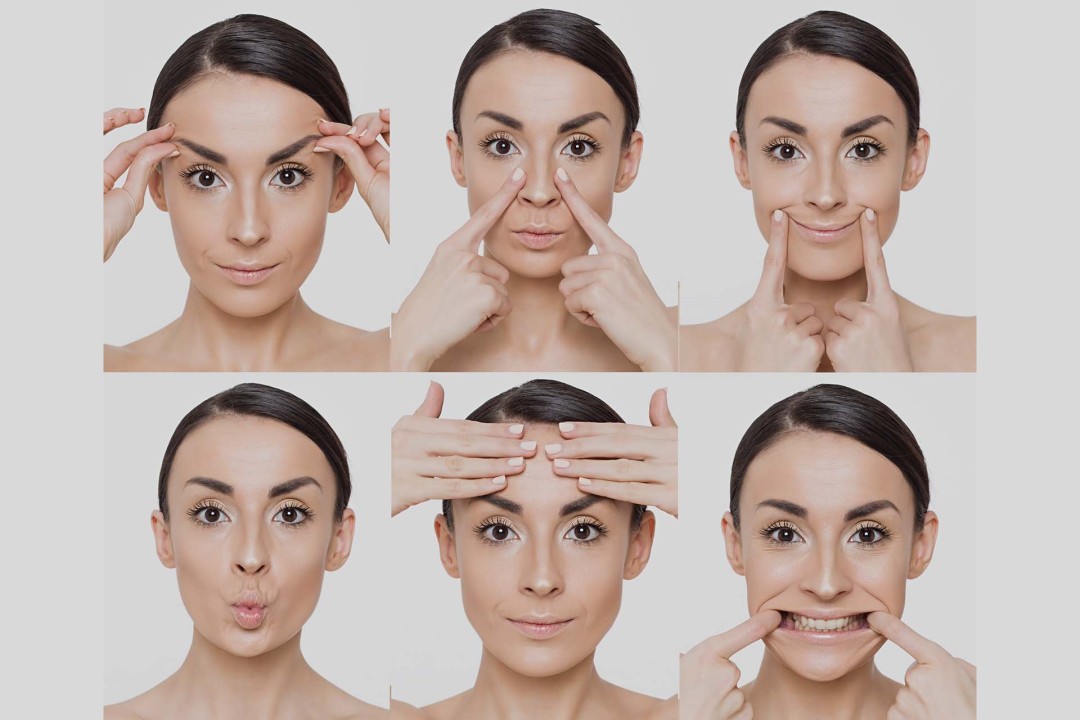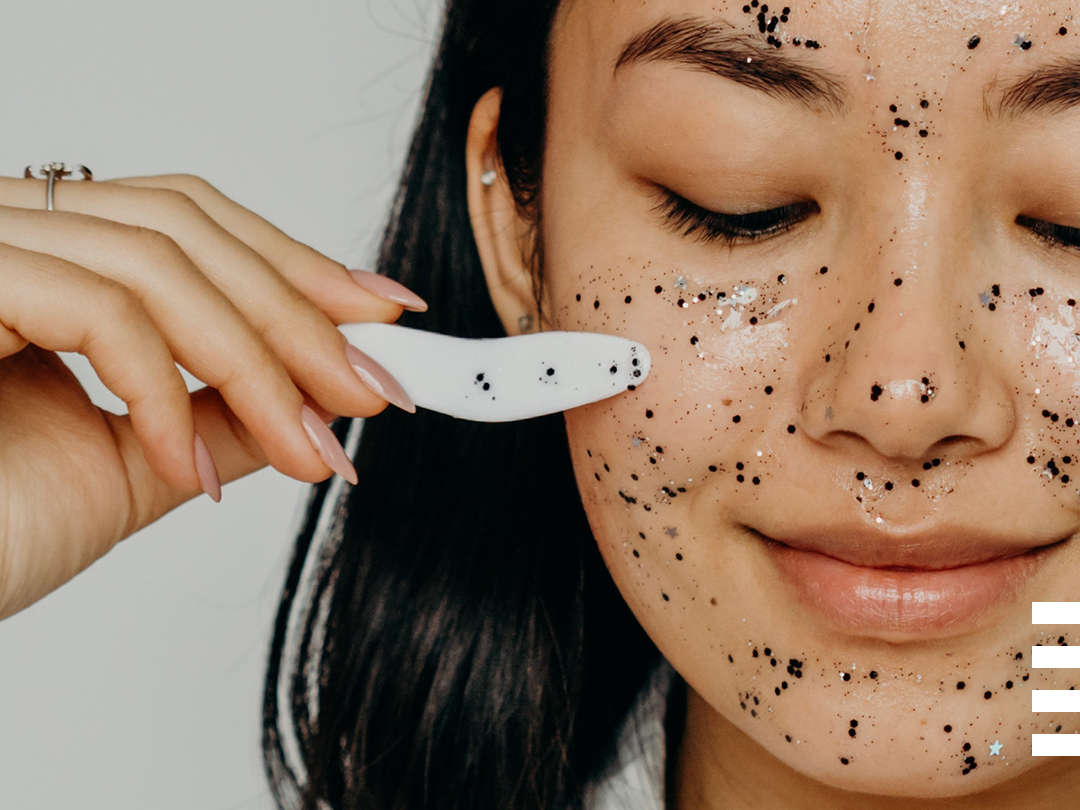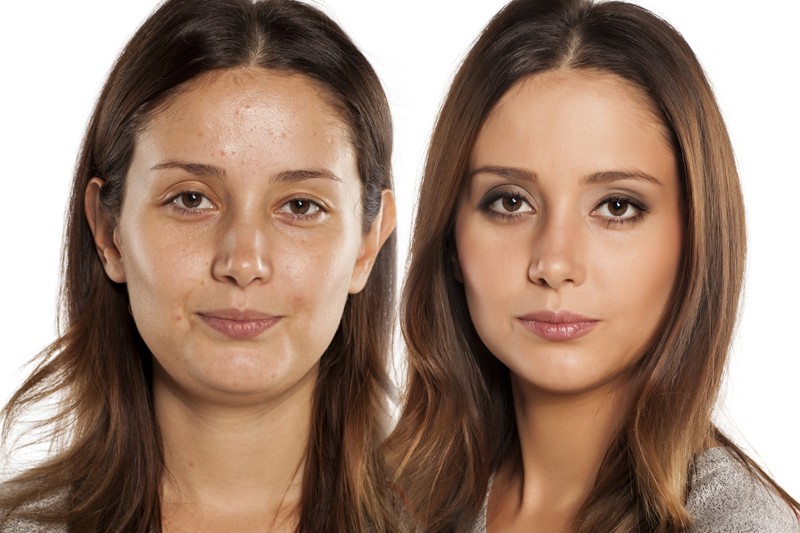Hyperpigmentation is a common skin condition, which occurs due to several reasons. Uneven brown or dark patches appear on the skin as a result of this condition. The melanin pigment is a substance produced by the melanocyte cells. This melanin is used to determine the skin tone and the hair color of a person. However, when there is an overproduction of melanin by melanocytes, it can lead to the condition of hyperpigmentation. The major factors that can cause an increase in the production of melanin are exposure to the sun, reactions to certain drugs, and changes to the hormones as well as genetic factors. In a few cases, hyperpigmentation is also caused by acne vulgaris.
Many of us had been or have been through some form of pigmentation or the other – at a small scale or a large scale in the form of dark skin patches, moles, birthmarks and aging spots. However, hyperpigmentation is a serious form of these mild forms of pigmentation. Hyperpigmentation can be prevented by detecting it at an early stage, so that the cure for it will be smooth.
Hyperpigmentation can appear on both sides of the face and can also appear on the upper lip, the forehead, the cheekbones and the bridge of the nose. A good dermatologist can help you detect the type of hyperpigmentation you are suffering from – whether it is melasma, lentigenes, liver spots, freckles, ephelides or post inflammatory hyperpigmentation. Melasma is mainly caused due to pregnancy, menopausal changes and the indigestion of birth control pills. If a person is however over exposed to the light of the sun, it results in liver spots.
What are the causes of hyperpigmentation?
Heat
If you have been exposed to some form of heat or the other for a long time, it will lead to hyperpigmentation caused by the disturbance of the cells that produce melanin. It is works similarly to the ultraviolet rays of the sun that damage the melanocytes of the melanin producing cells. Sometimes, thermal radiation can also disturb the melanocytes.
Injuries
When you are injured, the wound tends to repair itself after a few days’ time and the skin looks like its normal self again. However, in some cases, the redness and the swelling remains on the skin long after the person has recovered from the injury and the inflamed area may become hyperpigmented.
Medication
When taken in excess, medication can also cause side effects such as hyperpigmentation.
Diseases
Diseases such as jaundice and cyanosis may also result in hyperpigmentation. The skin of a person suffering from jaundice turns yellow and the skin of a person suffering from cyanosis looks blue in color due to the insufficient circulation of oxygen in the blood.
Hyperpigmentation can be treated by:
- Laser treatment can help you to come out of the problem.
- Try to avoid direct expose to the rays of the sun for long hours.
- Use a mild soap or cleanser to clean the face.
- Avoid using creams or moisturizers that irritate your skin.
- Dab a small amount of castor oil to the face and leave it on for 30 minutes and then wash your face using a mild soap.
- Try to apply multani mitti (Fuller’s Earth) face pack mixed with rose water.
- Last but not the least, drink plenty of water in order to remove the toxins from the body.
Here are some home remedies in order to reduce hyperpigmentation:
Lemon treatment
Lemon helps bleach the skin, since it contains citric acid. This is therefore a popular home remedy for hyperpigmentation. Extract the juice from fresh lemon. Rub it on the skin with the help of a cotton ball. Leave the juice on the skin for about 10 to 15 minutes. Follow this home remedy once a week for a few months. This will help reduce the hyperpigmentation.
Raw potato treatment
Raw potato helps reduce the blemishes and the spots on the skin and is also an effective home remedy that can help treat hyperpigmentation. Cathecolase is an ingredient present in potatoes that helps lighten the tone of the skin. Peel a potato and chop it into thick pieces. Sprinkle a few drops of water on the surface of the raw potato and then, keep rubbing it on your skin for about five to ten minutes. Then, rinse it off using some lukewarm water. Repeat this procedure three to four times everyday for at least a month.
Apple cider vinegar treatment
When it comes to treating the dark patches on the skin that have been caused by hyperpigmentation, apple cider vinegar is simply miraculous. It has astringent as well as skin lightening properties, which can help restore the natural colour of the skin. Mix equal amounts of water and apple cider vinegar. Rinse the affected areas with this solution. Follow this treatment procedure twice everyday for a few weeks. Alternatively, take half a glass of warm water and add two teaspoons of apple cider vinegar to it. Drink this mixture along with one tablespoon of honey twice a day, morning and night, for a couple of weeks till you can notice some improvement in the condition of the skin.
Vitamin E treatment
Vitamin E is an effective treatment for the problem of skin hyperpigmentation, considering it is also referred to as the “skin vitamin”. Vitamin E also neutralizes the harmful effects of the ultraviolet rays of the sun, considering it is also an antioxidant. Puncture a capsule containing Vitamin E and lower its contents into a bowl. Add 3-4 drops of castor oil to it. Then, mix it well. Apply this mixture to the affected areas before going to sleep at night. Rinse it off the next morning. Follow this treatment procedure once everyday for two to three weeks or until you can see results. You can also simply massage the affected areas using Vitamin E oil for ten minutes twice everyday for results.





